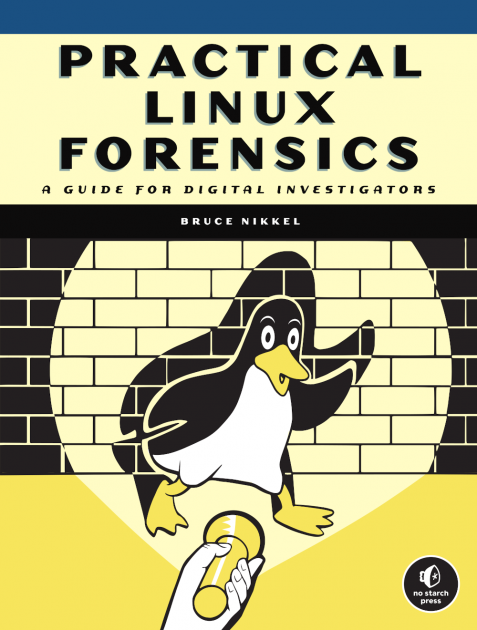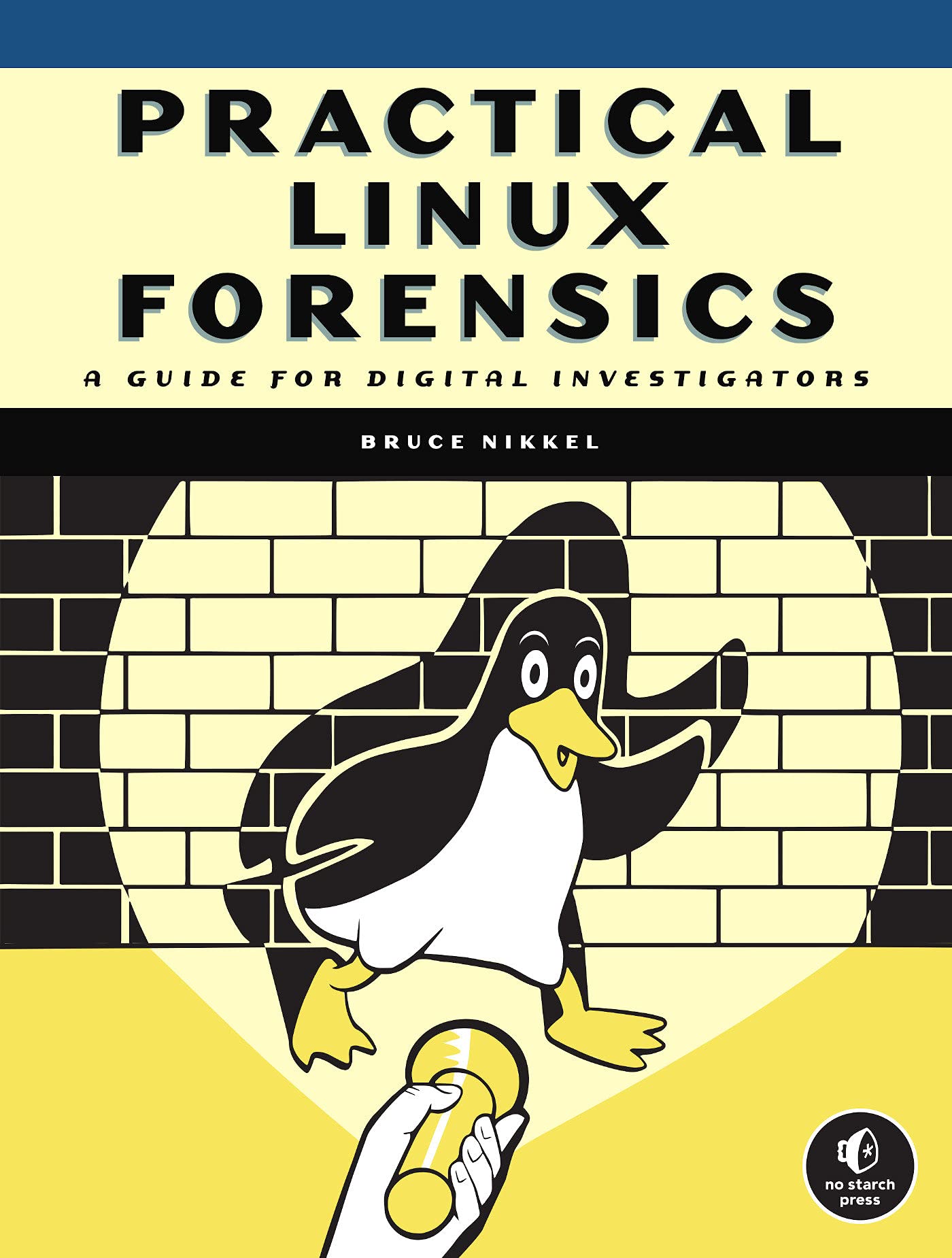[Book Review] Practical Linux Forensics
 cpuu
cpuu

Bruce Nikkel, "Practical Linux Forensics: A Guide for Digital Investigators", No Starch Press, 2021
Introduction
In this blog post, I will be reviewing the book "Practical Linux Forensics" authored by Bruce Nikkel, which presents an all-encompassing guide to the acquisition of evidence images for digital forensic analysis within the Linux environment. I will begin by outlining the content and structure of the book, and then proceed to discuss its merits and drawbacks.
Summary of the Book
The book is divided into several chapters, each focusing on a specific aspect of Linux forensics:
Introduction: This section introduces the reader to the book's purpose, scope, and intended audience. It provides context for the importance of digital forensics in the Linux environment and sets the stage for the in-depth discussions in the subsequent chapters.
Chapter 1: Digital Forensics Overview: This chapter offers a comprehensive overview of digital forensics, covering key concepts, methodologies, and tools. It also discusses the importance of maintaining a proper chain of custody and ensuring the integrity of digital evidence.
Chapter 2: Linux Overview: This chapter provides a brief introduction to the Linux operating system, its history, and its various distributions. It explains the significance of Linux in the digital forensics field and outlines the advantages and challenges of working in a Linux environment.
Chapter 3: Evidence from Storage Devices and Filesystems: This chapter delves into the collection and analysis of digital evidence from various storage devices and filesystems in Linux. It covers methods for acquiring and preserving data, as well as techniques for analyzing file metadata, filesystem structures, and unallocated space.
Chapter 4: Directory Layout and Forensic Analysis of Linux Files: This chapter explores the Linux directory structure, the importance of file paths, and the process of forensic analysis of Linux files. It also presents techniques for identifying and recovering deleted or hidden files.
Chapter 5: Investigating Evidence from Linux Logs: This chapter focuses on the examination of log files generated by the Linux system and applications. It outlines the types of log files, their locations, and their significance in a forensic investigation.
Chapter 6: Reconstructing System Boot and Initialization: In this chapter, the author discusses how to reconstruct the system boot and initialization process to identify potential evidence of tampering or unauthorized access. It covers the examination of bootloader configuration, system startup scripts, and service management.
Chapter 7: Examination of Installed Software Packages: This chapter guides the reader through the process of examining installed software packages to determine their relevance to an investigation. It explains package management systems, software installation and removal logs, and techniques for analyzing package metadata.
Chapter 8: Identifying Network Configuration Artifacts: This chapter focuses on the identification and analysis of network configuration artifacts in a Linux system. It covers the examination of network interfaces, routing tables, DNS configuration, and other network-related settings.
Chapter 9: Forensic Analysis of Time and Location: In this chapter, the reader learns about the forensic analysis of time and location data within a Linux environment. It covers techniques for examining system clocks, timezone settings, and geolocation data.
Chapter 10: Reconstructing User Desktops and Login Activity: This chapter explores the process of reconstructing user desktops and login activity in order to gain insight into user behavior and potential security incidents. It covers the analysis of user profiles, desktop environments, and authentication logs.
Chapter 11: Forensic Traces of Attached Peripheral Devices: The final chapter discusses the examination of forensic traces left by attached peripheral devices, such as USB drives and printers. It covers methods for identifying and analyzing device connection and disconnection events, as well as techniques for recovering data from peripheral devices.
"Practical Linux Forensics" by Bruce Nikkel is a comprehensive guide that delves into the intricacies of digital forensic analysis within the Linux environment. Covering essential concepts, methodologies, and tools, the book offers a systematic approach to acquiring, preserving, and analyzing digital evidence. Readers will gain valuable insights into various aspects of Linux-based forensics, from investigating log files to reconstructing user activities and examining attached peripheral devices.
My Review Comments
In "Practical Linux Forensics," Bruce Nikkel offers an exhaustive guide to conducting digital investigations using the Linux platform. The book encompasses a broad array of topics, ranging from setting up and configuring a Linux forensic workstation to employing open-source tools for data acquisition, analysis, and reporting.
A notable strength of the book is its methodical, step-by-step approach, enabling even beginners to effortlessly follow along and acquire the requisite skills. Furthermore, the author excels at elucidating complex technical concepts in a clear and succinct manner, rendering the book accessible to readers with diverse levels of expertise.
In summary, "Practical Linux Forensics" serves as an indispensable resource for anyone intrigued by the prospect of employing Linux in digital investigations. Regardless of whether you are a law enforcement professional, a security consultant, or simply an individual seeking to delve deeper into this captivating domain, this book promises to offer invaluable insights and practical guidance.
Subscribe to my newsletter
Read articles from cpuu directly inside your inbox. Subscribe to the newsletter, and don't miss out.
Written by
